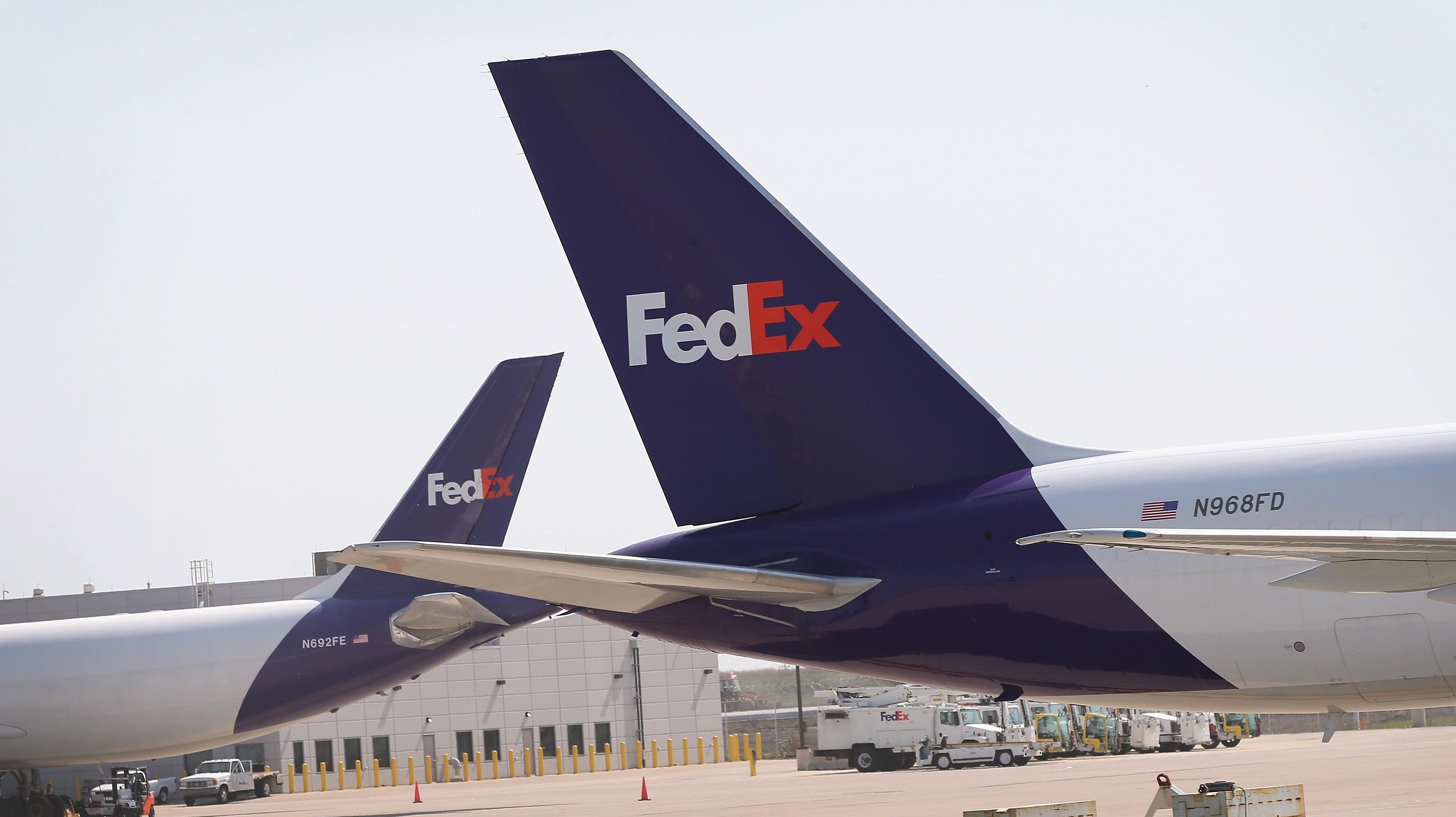FedEx Wants Anti-Missile Lasers On Its Cargo Planes
FAA considering FedEx application to use infrared laser countermeasures on Airbus A321-200s
In the early 1980s, President Ronald Reagan proposed defending the United States from a potential Soviet nuclear missile strike with space-based weaponry. Critics derided the idea as being Star Wars. Last Friday, the Federal Aviation Administration released a document that proposed special conditions allowing delivery company FedEx to use an anti-missile laser defense system on Airbus A321-200 aircraft. This is Boxcar Wars.
FedEx operates the largest cargo airline in the world, with the carrier's freight traffic amounting to 20,656 metric ton-kilometers. With over 600 planes, FedEx is one of the largest airlines on the planet in terms of fleet size despite not offering commercial passenger services. Many within the aviation industry find the FAA statement intriguing because FedEx doesn't currently operate any Airbus A321-200s. Personally, I'm far more interested in the lasers.
The missile defense system that FedEx intends to use is an infrared laser countermeasure against man-portable air defense systems (MANPADs) or computer-guided rocket launchers, to use more common terminology. Defense systems of this nature use directed infrared energy to disable the heat-seeking capabilities of incoming missiles.

In 2007 and 2008, FedEx participated in a Department of Homeland Security trial of Northrop Grumman's Guardian countermeasure system. Though, the trial was overshadowed years later by a lawsuit alleging that Northrop Grumman defrauded the US government during Guardian's development. FedEx's interest seemed to have evaporated until the company applied with the FAA to use a similar system in October 2019.
Man-portable missile attacks against commercial cargo aircraft aren't entirely improbable. In 2003, a DHL Airbus A300 was struck by a missile over Baghdad. The left wing of the Airbus was rendered inoperable and caught fire, but the plane returned safely to Baghdad International Airport. The DHL aircraft was obviously at an elevated risk of attack operating in an active warzone.
Notably, Israeli airline El Al, a carrier constantly at risk, has equipped its fleet of aircraft with countermeasure systems since the early 2000s. The FAA is still reviewing FedEx's proposal and is accepting comments from the public until early March.
